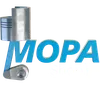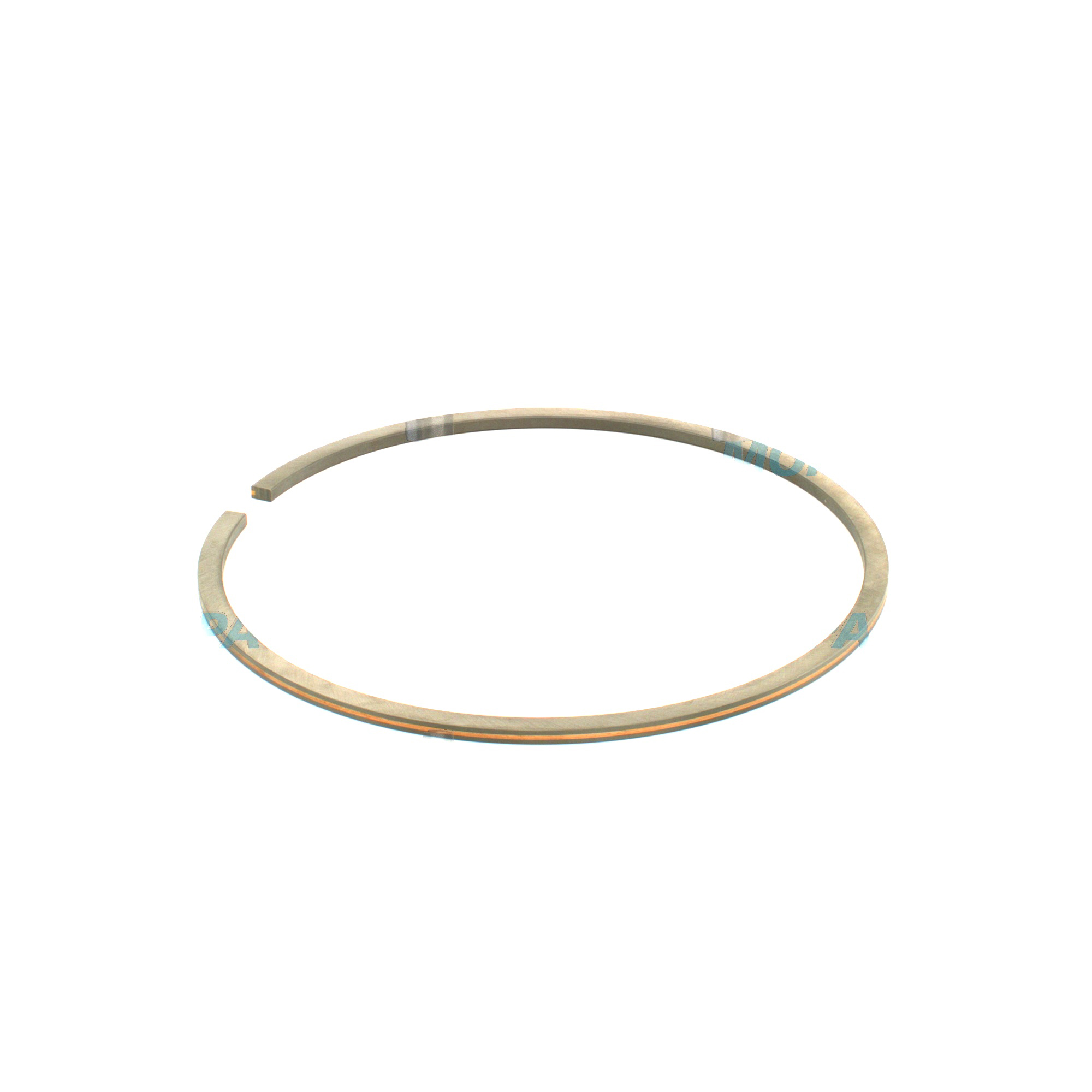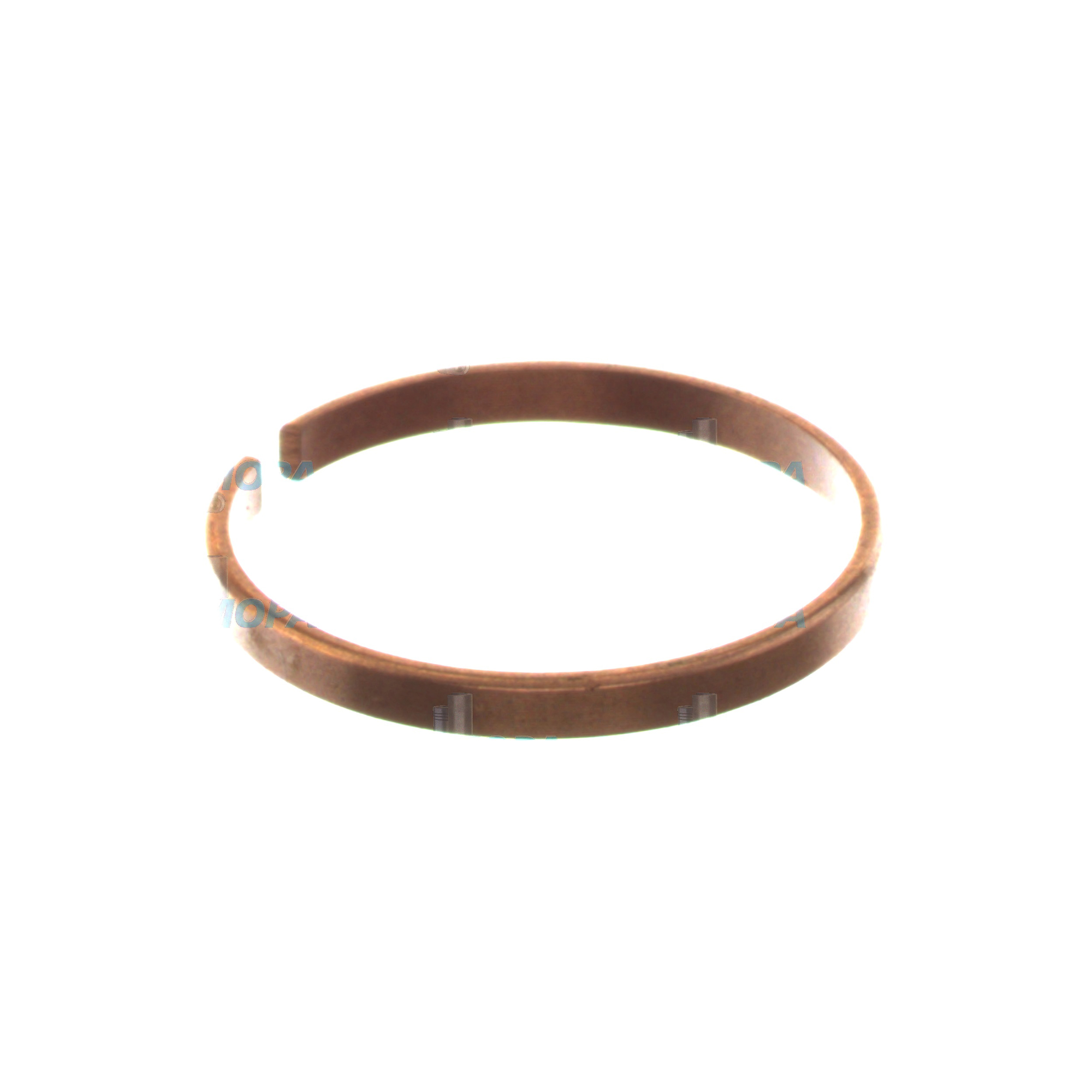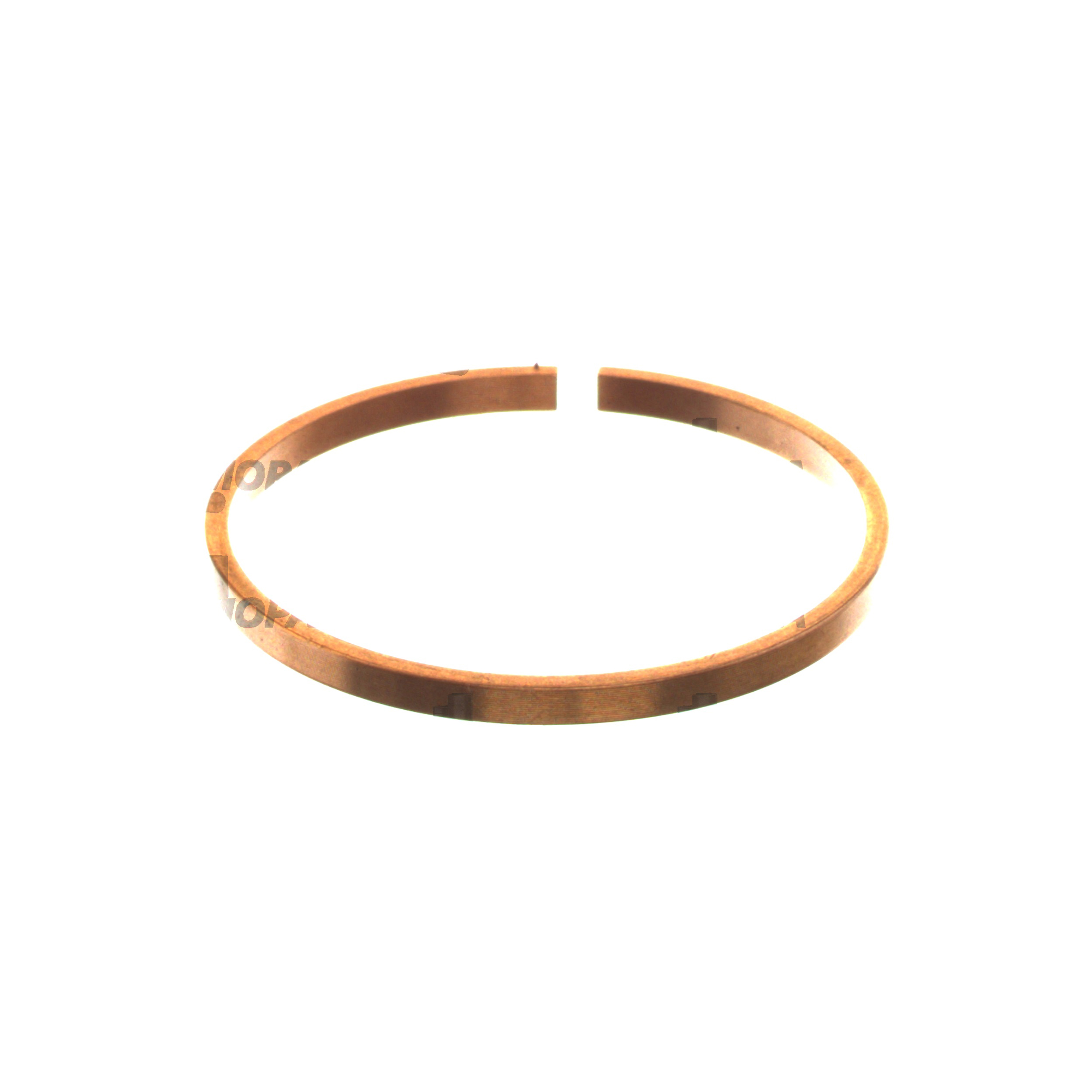COMPRESSION RING piston rings for reliable diesel and gas engine performance
Piston rings are precision sealing elements mounted in the grooves of a piston to control combustion pressure, lubrication, and heat transfer. In every high-duty engine—from marine propulsion and auxiliary gensets to power plant and industrial units—piston rings determine whether an engine starts cleanly, runs efficiently, and delivers its rated output. The ring pack typically includes the top COMPRESSION RING, a secondary sealing/scraper ring, and one or more oil control rings. Together, these components form a calibrated system that preserves cylinder pressure, minimizes blow-by, manages the oil film, and protects the liner from scuffing under extreme loads and temperatures.
Technical function of piston rings and the COMPRESSION RING in a marine engine
The primary job of the top COMPRESSION RING is to seal the combustion chamber so that expanding gases drive the piston effectively rather than leaking past into the crankcase. In a large-bore marine engine or a high-output diesel engine, the COMPRESSION RING is gas-actuated: combustion pressure travels behind the ring through the ring land, pressing the ring face tightly against the honed liner to create a dynamic seal. This reduces blow-by, stabilizes peak cylinder pressure, and preserves brake mean effective pressure (BMEP), directly supporting efficiency and power density.
Below the top ring, the second ring helps with intermediate sealing and gas management, while the oil control ring meters the oil film to prevent over-lubrication and carbon formation. Piston rings also transfer a significant share of heat from the piston crown into the cylinder wall, which is critical to avoid hotspots, ring sticking, or piston scuffing. The correct ring face profile (e.g., barrel-face), surface finish, coating (molybdenum, chromium-based, or PVD), and tangential tension ensure fast bedding-in and consistent micro-sealing across the liner’s crosshatch. In practice, a well-matched COMPRESSION RING diesel engine setup supports lower lube oil consumption, stable emissions, and longer service intervals.
- · Robust materials: alloyed cast iron or steel with wear-resistant coatings.
- · Precise tangential tension for secure sealing under load.
- · Optimized face profiles for fast bedding-in and low friction.
- · Low blow-by and stable compression across the service life.
- · Controlled oil film for reduced consumption and cleaner combustion.
- · Compatibility with liner metallurgy and surface finishes.
- · Tight dimensional tolerances to OEM specifications.
Why piston rings are critical for reliability and service life
When piston rings wear or lose their specified tension, the immediate effects are measurable: rising blow-by, declining compression, and longer cranking times. Fuel consumption increases as the engine compensates for lost cylinder pressure. Oil control degrades, leading to higher lube oil consumption, blue smoke, and deposits on the piston crown, ring lands, and exhaust paths. These deposits can promote ring sticking, accelerate liner polishing, and elevate the risk of scuffing—especially during transient loads or after cold starts. In turbocharged units, excess oil carryover can foul turbine and compressor components, reducing turbo efficiency and raising exhaust temperatures.
Excessive ring end gap, worn ring grooves, or mismatched coatings can also trigger ring flutter at high speed, undermining sealing and increasing wear rates. Over time, this spirals into shortened time-between-overhaul (TBO), unplanned maintenance, and potential compliance issues. Properly specified piston rings—and a correctly engineered COMPRESSION RING marine engine configuration—protect the liner, maintain cylinder pressure stability, and safeguard the piston from thermal overstress, all of which directly influence uptime, fuel economy, and total lifecycle cost.
Advantages of OEM spare parts suitable for piston rings and the COMPRESSION RING
Selecting OEM spare parts suitable for piston rings ensures that metallurgy, heat treatment, coatings, and ring geometry are aligned with the engine designer’s ring pack strategy. That precision matters. A COMPRESSION RING OEM parts configuration designed for a given diesel engine platform will provide the exact ring side clearance, ring height, tangential load, and face profile required to preserve sealing and minimize liner wear. This alignment accelerates bedding-in after overhaul and stabilizes performance across varying loads, fuels, and operating temperatures.
Performance, reliability, budget, and service life
With OEM spare parts suitable for piston rings, purchasers and superintendents gain consistent performance and predictable maintenance planning. Correct coatings resist micro-welding and scuffing; accurate ring tension keeps blow-by in check; and proper compatibility with liner materials prevents abnormal wear. The result is lower oil consumption, fewer deposit-related issues, and longer intervals between ring pack inspections—protecting budgets by reducing both fuel and maintenance overheads, and securing long engine service life with fewer operational surprises.
Fit, coating, and liner compatibility
Exact fit is not just about diameter—it's about ring groove interaction, side face finish, gap design, and the ring’s dynamic behavior at operating temperature. OEM spare parts suitable for piston rings maintain the critical pairing between ring coatings and liner finishes so that the oil film remains stable. This is essential for engines running low-sulfur fuels or alternative fuels, where lubrication regimes and temperatures can shift. In short, the right COMPRESSION RING OEM parts set protects both the piston and liner, keeping compression stable and emissions consistent over time.
MOPA: your partner for OEM parts for piston rings and COMPRESSION RING solutions
MOPA supplies OEM spare parts suitable for piston rings with a focus on speed, quality, and security in trade. For diesel and gas engines across marine and power generation, MOPA provides traceable sourcing, precise component matching, and responsive logistics to keep fleets and plants on schedule. Customers benefit from fast availability, technically competent support, and careful order handling that reduces risk during planned overhauls and critical repairs.
Conclusion: piston rings and COMPRESSION RING OEM parts for dependable engines
Piston rings—especially the top COMPRESSION RING—are central to sealing, efficiency, and durability in every serious engine. When matched as OEM spare parts suitable for piston rings, they secure compression, control oil, and protect the liner for long, reliable service.
Partnering with MOPA for OEM parts helps maintain performance, manage costs, and ensure secure, swift supply for diesel and gas engines in demanding marine and industrial applications.






